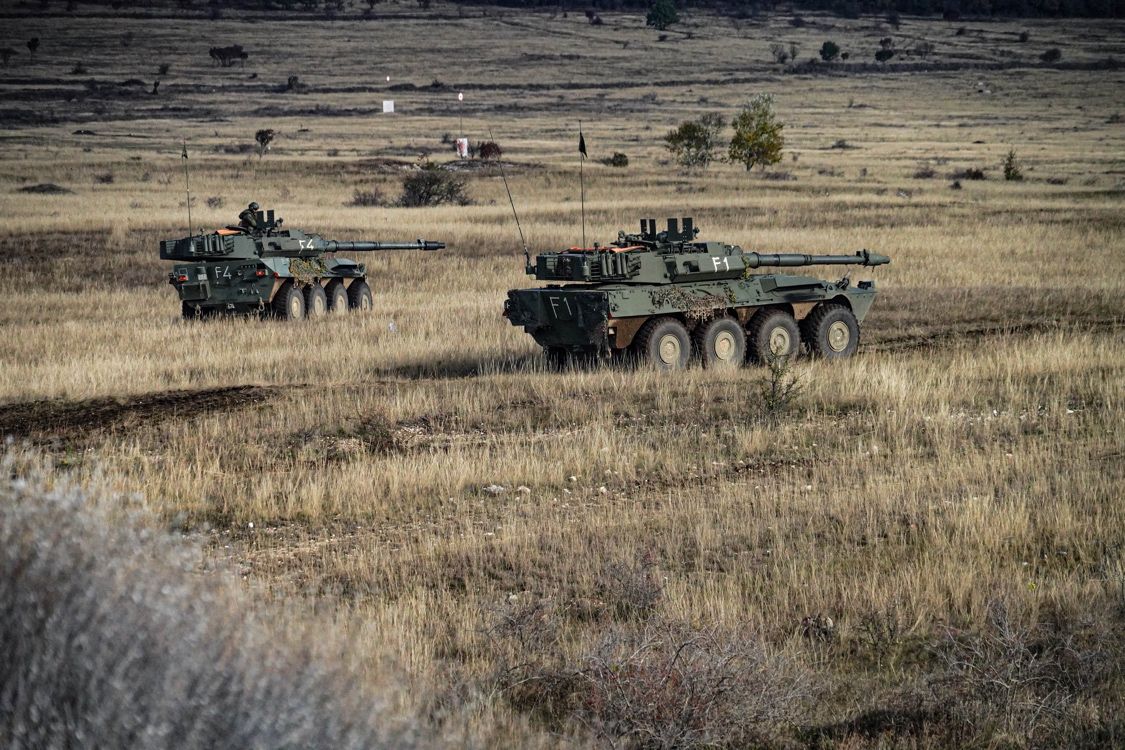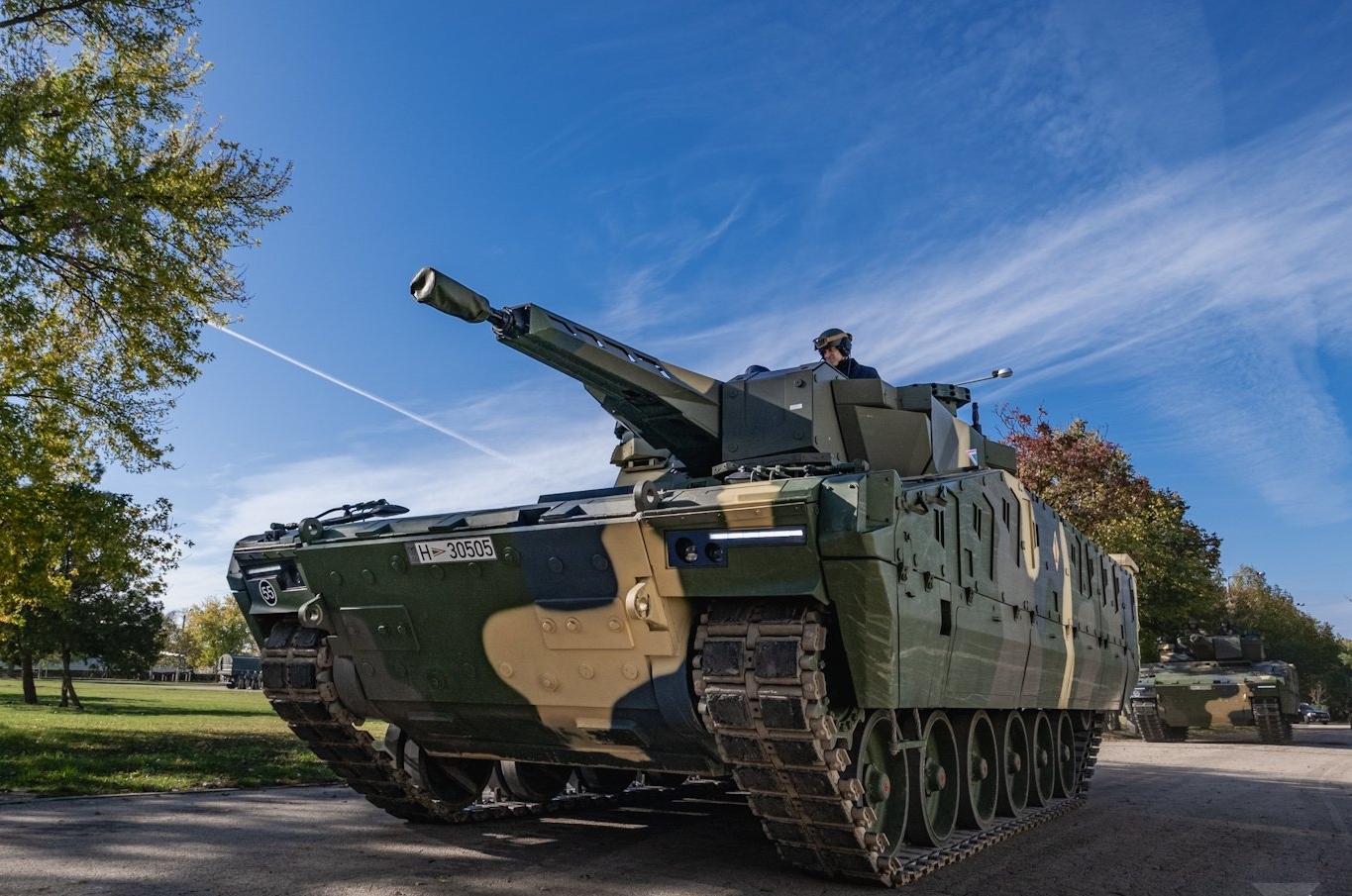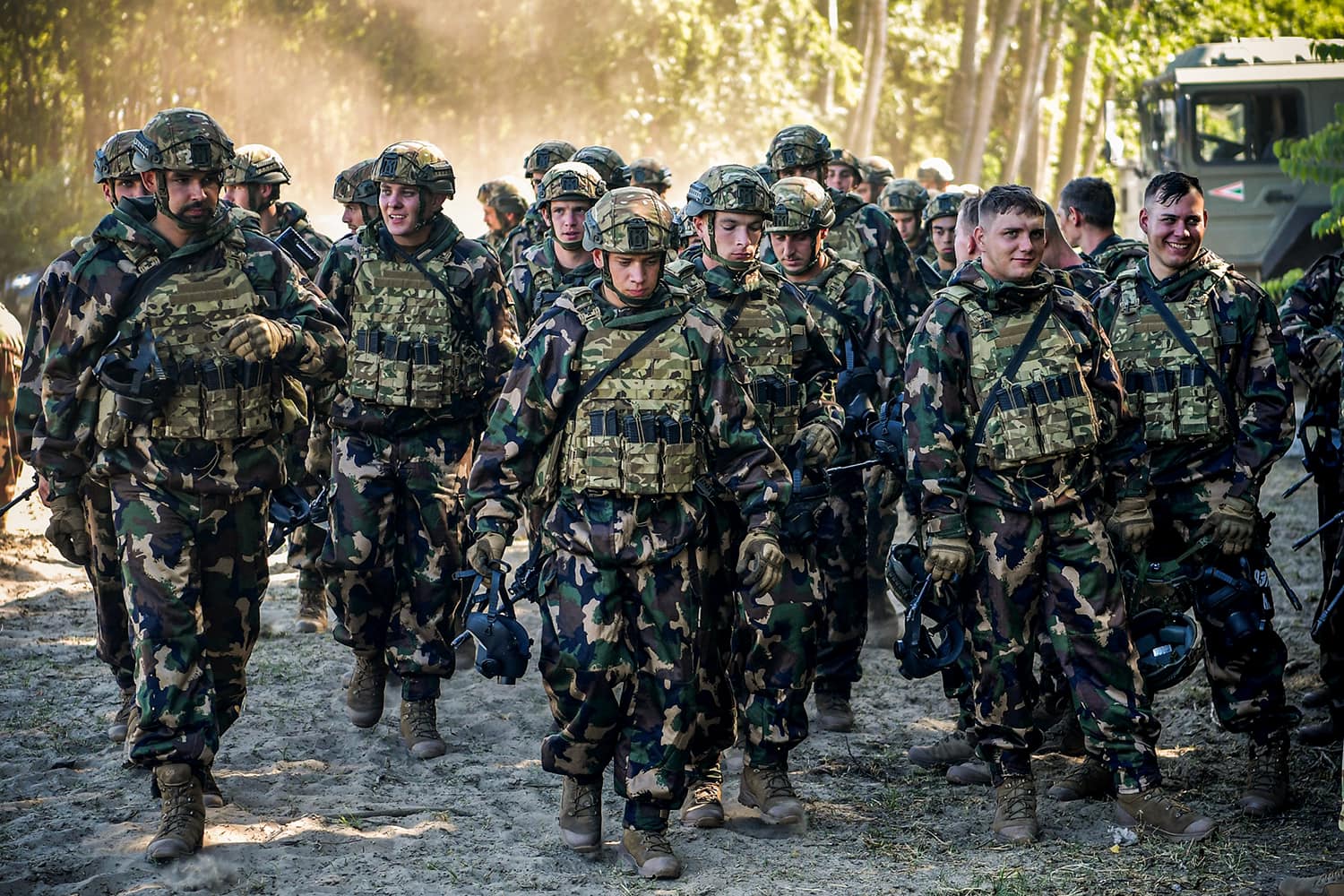
Hungary has ordered a total of 44 Leopard 2A7HU tanks.Continue reading

Since the end of the summer of 2020, the Hungarian defense industry has been enjoying a renaissance. Moreover, within a few years it will account for a visible share of the country’s GDP. The next question is how to channel the military technology produced in Hungary into international markets, reports Világgazdaság.
It all started (at least in the public eye) when, just over three years ago, the Hungarian state signed a contract with Rheinmetall, a globally dominant German defense company, for the domestic production of infantry fighting vehicles. A few weeks later, on September 9, 2020, it was decided that 218 Lynxes would be delivered to the Hungarian Defense Forces as part of the EUR 2 billion program. Of these, 172 will be manufactured in Zalaegerszeg (western Hungary) by Rheinmetall Hungary. The remaining 46 vehicles will be built in Germany.
The first of these vehicles was delivered in October 2022, but more importantly, the first Lynx KF41A produced in Zalaegerszeg rolled off the assembly line at the end of December last year.

The Lynx KF41A. Photo via honvedelem.hu
Investing in the defense industry is starting to pay off, so much so that, according to Világgazdaság
the output of the Hungarian defense industry could account for 1 percent of domestic GDP in a few years.
Experts say this is an absolutely realistic expectation. Seeing the capacities already announced, the defense industry is capable of making such a contribution to GDP in the short term. We are talking about a number of arms factories and production facilities, research and development bases, and more to come:

Military factories in Hungary (map created by Hungary Today; blank map: Wikipedia/Hunyadym)
The one percent share may not seem significant at first sight, but it is a huge amount in terms of money.
As things stand, the total national GDP is somewhere between HUF 75,000-80,000 billion (EUR 193-205 billion). At the same time, this means that the total output of the Hungarian economy has roughly tripled in the last 13 years, from HUF 27,000 billion (EUR 69 billion). In addition, the government has set a target: by the end of the decade, i.e. by 2030, Hungarian GDP should double to HUF 160,000 billion (EUR 411 billion). This would be within striking distance of the long-coveted Austrian economy. However, it would also mean that the defense industry’s 1 percent share
would be well over HUF 1,000 billion (EUR 2.6 billion).

Hungary has ordered a total of 44 Leopard 2A7HU tanks.Continue reading
The defense industry’s development is not only indispensable for the national economy, it is also a matter of sovereignty. After all, a well-armed, modern military force undoubtedly adds weight to the representation of Hungary’s interests. The fact that national defense can be provided from Hungarian capacities is particularly positive, as it ultimately creates the opportunity to maintain combat capability even if the military-industrial supply chains are disrupted.

Photo via Facebook/honvedelem.hu
The key question, however – and perhaps one of the most important tasks ahead – is how to channel military technology produced in Hungary into international markets and sales platforms. This is a key issue in terms of return on investment.

The Hungarian Defense Forces will acquire two Embraer KC-390 Millennium military transport aircraft in 2024.Continue reading
Via Világgazdaság; Featured image via honvedelem.hu
Array
(
[1536x1536] => Array
(
[width] => 1536
[height] => 1536
[crop] =>
)
[2048x2048] => Array
(
[width] => 2048
[height] => 2048
[crop] =>
)
)